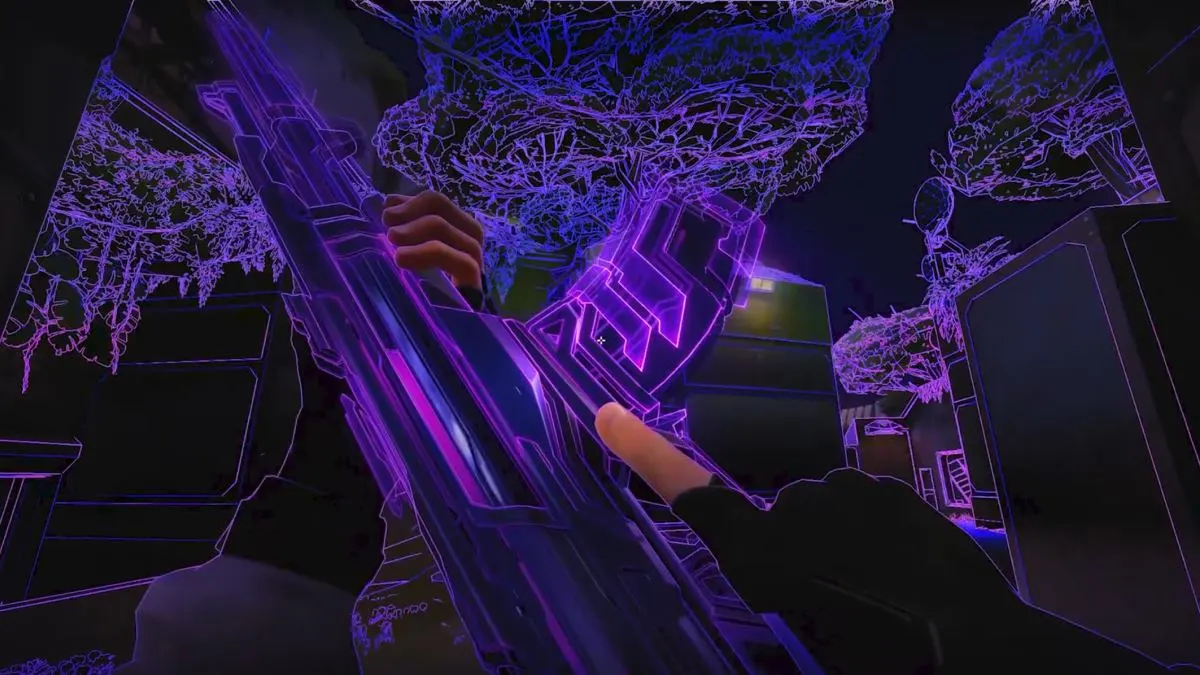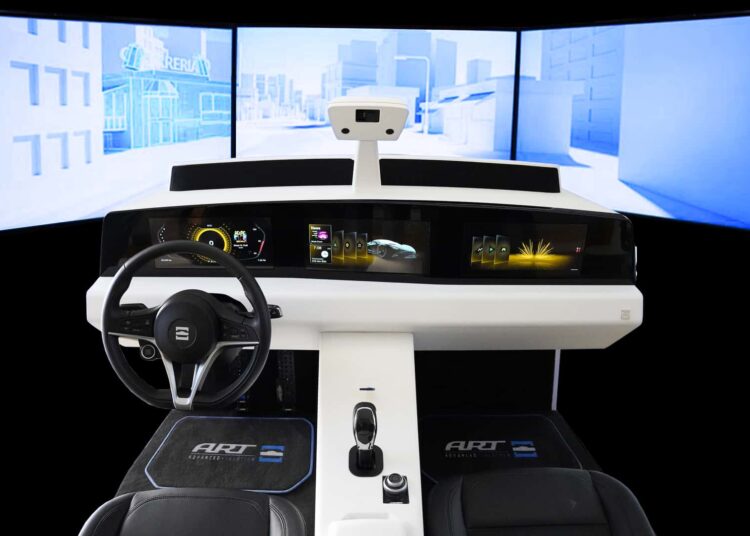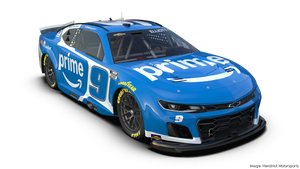Artificial intelligence is one of the buzzwords during this year’s Consumer Electronics Show in Las Vegas, but not the only one. At the annual trade show for tech aimed at mass-market applications, including automotive, scheduled this year from January 7 to 10, discussions will also focus on the digitalization of services—an important topic for the automotive world. Among the companies standing out in this field is ART, an Italian firm attending CES for the first time.
Founded in Umbria, ART has been working for several years on developing digital tools and electronic platforms for high-end luxury and sports cars. However, its expertise is not limited to automotive. At CES, ART will also showcase devices designed for two-wheel vehicles and digital tools for creating simulated environments inspired by the gaming world. Nevertheless, the new Digital Cockpit demonstrator is sure to attract the most attention. It integrates all the latest innovations and can be tested by registering and booking a personalized demonstration here.
Multiple Displays, One Unified Architecture
The innovation behind the high-tech displays in ART’s Digital Cockpit lies in its new modular electronic architecture, which promises to simplify the design and development of electronic systems for cars of the future. Until now, digital instrument clusters and infotainment systems—physically separated into two main screens in modern cars—relied on independent operating systems that could communicate but remained distinct.
ART’s proposal is different: A unified system managed by a single Electronic Control Unit (ECU), which controls entertainment, driver interfaces, and more. The next-generation e-Cockpit communicates with other onboard systems and is designed for Vehicle-to-Everything (V2X) communication. This means it can connect with other vehicles or smart infrastructures, supporting technologies based on the exchange of information between the car and the urban environment.
Photo by: ART

Photo by: ART
ART – Sviluppatori al lavoro

Photo by: ART
The Benefits of the New e-Cockpit
Built using a modular design, the system showcased by the demonstrator features high-visibility TFT screens instead of the traditional LCD. It integrates Black Diamond technology for optimal contrast and improved readability.
The unified electronic platform, which combines functional safety and entertainment domains into a single architecture, promises several benefits. Chief among them are a reduction in components, weight, and complexity, which can help speed up the time-to-market—the period from design to commercial launch of new vehicles.
Superior performance is ensured through the smooth exchange of information, guaranteeing full functionality of all control systems even in the event of infotainment malfunctions, thanks to the complete physical separation of hardware and software. Additionally, flexibility is enhanced, as the system is compatible with interfaces such as CAN, BroadR, MOST, USB, and LIN, as well as connectivity platforms for external devices like Android Auto and Apple CarPlay.

Photo by: ART
ART Dimostratore ambientato
The e-Cockpit can also be updated via over-the-air (OTA) updates. The latest evolution supports additional screens for front and rear passengers, as well as head-up displays for the driver. Everything is customizable based on the manufacturer’s specific requirements, from display formats to graphics and functions.
These features also include Advanced Driver Assistance Systems (ADAS) active safety features, such as driver monitoring systems (DMS) and parking assistants, for which ART has developed integrated solutions in the demonstrator.
Parking assistance, in particular, is available in three versions: one based on a rear camera, an intermediate version adding a front camera, and a 3D Surround system with four or more perimeter cameras, displaying the surrounding environment on the onboard instruments.
For passenger entertainment, ART has developed the Occupant Monitoring System (OMS), a system that detects passenger presence and can read and interpret gestures, movements, and postures, creating a personalized experience through the onboard systems.

Photo by: ART
ART Dimostratore – simulazione ambienti
New Software Solutions
The new digital platform uses the 3D HMI ecosystem to create an immersive and engaging experience with the help of rapid prototyping, made possible by the Software Development Kit and the V-Cockpit Tool. The latter is a tool that allows developers to design their own graphical interface easily and quickly. Thanks to virtual reality headsets, advanced simulations of system operations and the interaction between the cockpit and onboard systems can also be performed.
Read the full article here


























Discussion about this post